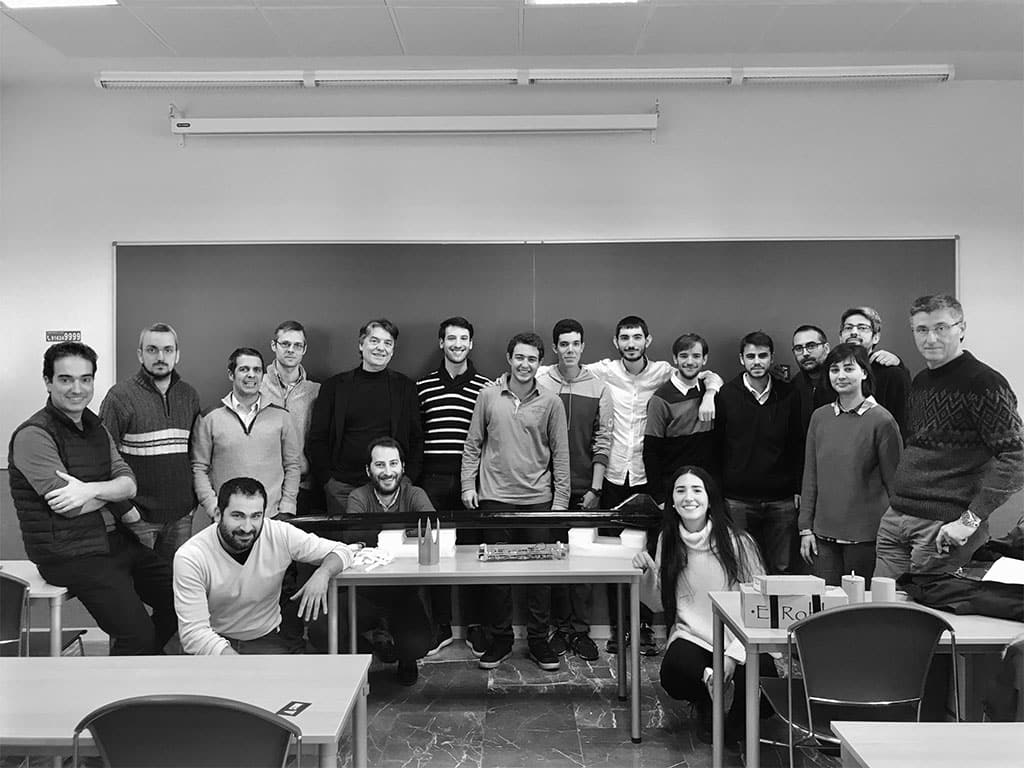Simulations, innovation and high computing capability
Counting on the right resources plays an important role in the success of any project. As for the collaboration between STAR UC3M and Stackscale, its success lies mainly in the fact of providing this ambitious student team with the computing resources they need to keep advancing and surpassing themselves.
STAR UC3M is one of the few rocketry student teams in Spain. The association’s goal is to develop launchers that increase the reach and limits of university and amateur rocketry. With a view to become a reference in the field of Rocketry in Europe.
High computing requirements
All the work behind every mission (predesign, simulations…) demands very high computing capabilities. So far, the project’s bottleneck was the computational working memory. Which is an important restriction when it comes to performing complex geometry calculations.
According to the STAR team, simulating the effect of the flying conditions is an important part of their design philosophy; not only to verify a predefined design, but also to be able to optimize the vehicle’s geometry in order to successfully meet the goals and requirements of every mission. This intensive study of the vehicle demands very high computing capabilities; superior to those that can be reached using a personal computer or even an infrastructure commonly used for research.
STAR: Student Team for Aerospace and Rocketry
The association STAR (Student Team for Aerospace and Rocketry) starts thanks to the interest of a group of Aerospace Engineering students at the Carlos III University of Madrid in applying the technical knowledge acquired during their degree. This interesting project not only allows them to apply the technical knowledge acquired during their university studies, but also to deepen their knowledge and its application in a project development and management case, similar to an industrial environment.

Their talent and their willingness to apply their knowledge is reflected in their growth and success, as the STAR UC3M team explains:
“Progress in the development of launchers is usually exponential and so it has been for STAR, both in terms of members and technological advances. In its first year as an association, STAR had less than ten members, who carried out two successful launches with their first vehicle: Rattlesnake.
From then on, the number of team members started to grow until reaching its current situation…”
Currently, the team is formed by 64 students coming from diverse technical and humanistic disciplines, as well as from different universities in Spain. You can discover more details about the project in the interview to the STAR team in the blog.
